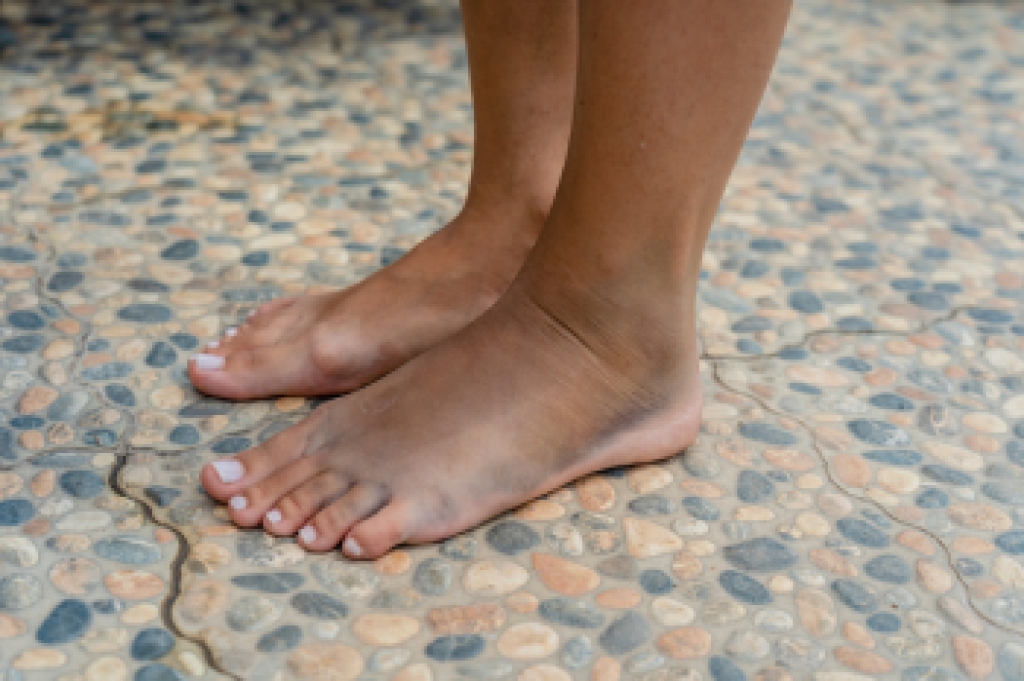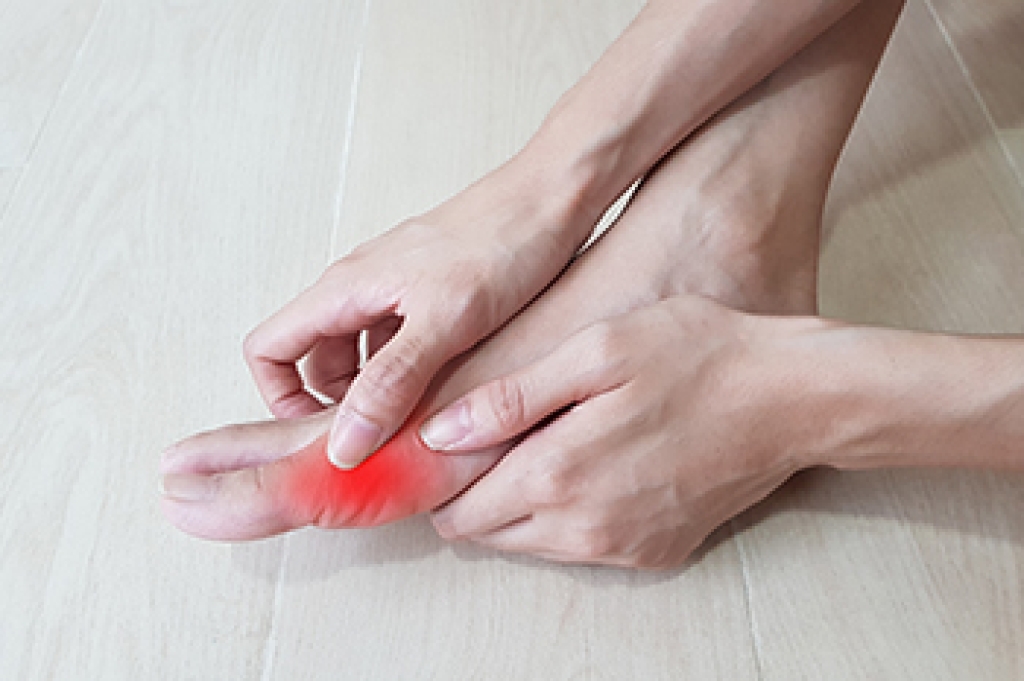
When an ingrown toenail keeps coming back or causes significant pain, treatment often moves beyond simple soaks and shoe changes. Partial nail avulsion is a common procedure where a podiatrist removes the offending edge to relieve pressure and allow the skin to heal. In some cases, a small amount of the nail root is treated with a chemical or laser to prevent regrowth in that section. For nails distorted by trauma or fungal infection, reconstructive techniques can restore a smoother edge and reduce future irritation. Persistent inflammation may be addressed with targeted medication to calm tissue and prevent infection. These approaches aim to correct the problem at its source rather than just relieve symptoms. If ingrown toenail discomfort, swelling, or infection continues despite initial care, a podiatrist can recommend the most effective option for lasting relief.
Ingrown toenails may initially present themselves as a minor discomfort, but they may progress into an infection in the skin without proper treatment. For more information about ingrown toenails, contact Paul Potach, DPM of Illinois . Our practitioner can provide the care you need to keep you pain-free and on your feet.
Ingrown Toenails
Ingrown toenails are caused when the corner or side of a toenail grows into the soft flesh surrounding it. They often result in redness, swelling, pain, and in some cases, infection. This condition typically affects the big toe and may recur if it is not treated properly.
Causes
- Improper toenail trimming
- Genetics
- Improper shoe fitting
- Injury from pedicures or nail picking
- Abnormal gait
- Poor hygiene
You are more likely to develop an ingrown toenail if you are obese, have diabetes, arthritis, or have any fungal infection in your nails. Additionally, people who have foot or toe deformities are at a higher risk of developing an ingrown toenail.
Symptoms
Some symptoms of ingrown toenails are redness, swelling, and pain. In rare cases, there may be a yellowish drainage coming from the nail.
Treatment
Ignoring an ingrown toenail can have serious complications. Infections of the nail border can progress to a deeper soft-tissue infection, which can then turn into a bone infection. You should always speak with your podiatrist if you suspect you have an ingrown toenail, especially if you have diabetes or poor circulation.
If you have any questions, please feel free to contact our offices located in Wheeling and Berwyn, IL . We offer the newest diagnostic and treatment technologies for all your foot care needs.





